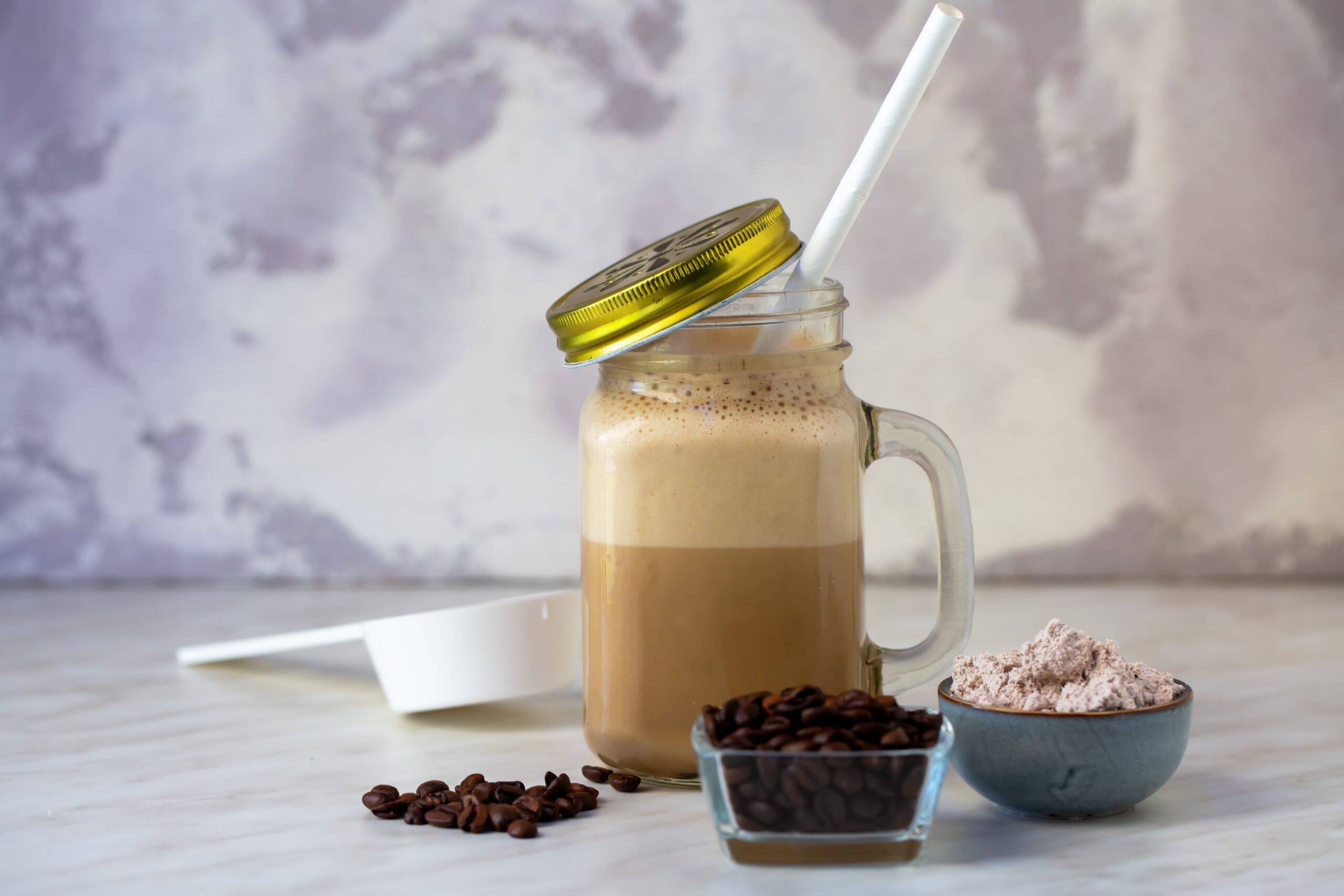The secret to a longer, healthier life might just be hiding in your pantry.
Story Overview
- Ten foods are scientifically linked to anti-aging benefits.
- Two Blue Zone staples play a crucial role in longevity.
- A surprising dessert option enhances the list’s appeal.
- The intersection of cultural wisdom and modern science is explored.
The Importance of Anti-Aging Foods
The interest in anti-aging foods has surged over the last two decades, driven by scientific research and cultural curiosity. The concept is not new; early 20th-century studies showed that caloric restriction could extend lifespans in animals. However, the identification of Blue Zones—regions where people live significantly longer—shifted the focus to specific dietary patterns. These areas, such as Okinawa and Sardinia, highlighted the importance of certain foods in promoting longevity and reducing age-related diseases.
Blue Zones have become a model for understanding how diet influences aging. In these regions, legumes and nuts are staples, and their diets are rich in plant-based, minimally processed foods. These dietary patterns have been extensively studied, leading to a growing consensus that such foods are pivotal for healthy aging. The focus has shifted from supplements to whole foods, emphasizing the natural synergy of nutrients.
Scientific Backing for Anti-Aging Foods
Recent studies underscore the anti-aging benefits of foods rich in polyphenols, fiber, and healthy fats. Berries, for example, are loaded with antioxidants and have been shown to improve cognitive aging. Olive oil, a staple in Mediterranean Blue Zones, contains monounsaturated fats and polyphenols that reduce inflammation. These foods are not just beneficial on their own; they contribute to a holistic dietary pattern that supports longevity.
Green tea, rich in EGCG and catechins, has been linked to extended lifespan in animal models. Whole grains, another Blue Zone staple, are associated with a lower risk of chronic diseases. While supplements might mimic the benefits of these foods, whole foods remain the preferred source due to their complex nutritional profiles.
The Role of Blue Zone Staples
Legumes and nuts are central to the diets of Blue Zones and are backed by both epidemiological and experimental evidence for their anti-aging properties. Legumes provide fiber, protein, and polyphenols with a low glycemic index, making them a cornerstone of healthy eating. Nuts offer healthy fats, antioxidants, and essential minerals, linked to reduced mortality in numerous studies.
The Blue Zone model emphasizes the synergy of dietary patterns rather than focusing on individual foods. This holistic approach is gaining traction in scientific circles and is reshaping dietary guidelines worldwide. The challenge lies in translating these patterns into accessible advice for the general public.
Inclusion of Dessert: Dark Chocolate
Dark chocolate, rich in flavanols and antioxidants, rounds out the list of anti-aging foods with a surprising dessert option. Often considered an indulgence, dark chocolate has been shown to improve vascular function and contribute to overall health when consumed in moderation. This inclusion makes the list not only appealing but also practical, allowing for small, enjoyable changes in one’s diet.
The inclusion of a dessert highlights the flexibility and accessibility of anti-aging diets. By incorporating foods that people already enjoy, the transition to healthier eating becomes less daunting. As more evidence emerges, the potential for these foods to reduce the burden of age-related diseases becomes increasingly compelling.
Sources:
Frontiers in Pharmacology (2023)








